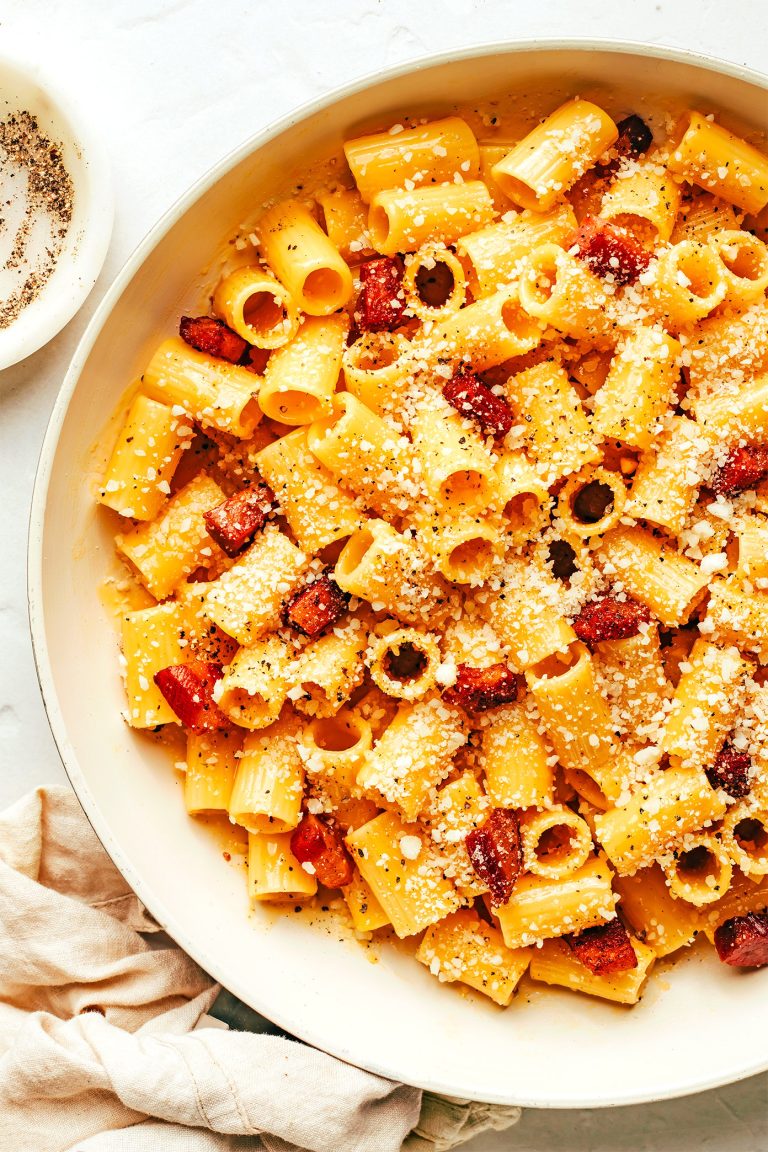Stir Fried Mushrooms With Baby Corn: A Nutritious and Flavorful Delight
Stir-fried mushrooms with baby corn have deep roots in Asian cuisine, particularly Chinese and Thai dishes. Mushrooms and baby corn (common in these regions) often appear in various recipes because of their versatility and flavor profiles. Chinese cuisine frequently uses oyster and shiitake mushrooms for their earthy taste, while baby corn provides a sweet, crunchy contrast.
In Thai cuisine, mushrooms and baby corn are staples in stir-fries, curries, and salads. The combination is enhanced with seasonings like soy sauce, garlic, and chili, adding layers of flavor. These ingredients are celebrated for their health benefits; mushrooms are rich in antioxidants, and baby corn is low in calories and high in fiber.
Rise in Global Popularity
Over recent decades, stir-fried mushrooms with baby corn has gained global popularity, moving beyond Asian borders. The growing trend of vegetarianism and veganism has elevated this dish’s appeal as a meatless option. Chefs worldwide have adapted the dish to various culinary traditions, integrating local spices and sauces.
Restaurants in Western countries frequently feature this stir-fry on their menus, catering to health-conscious diners. The simplicity of preparation and the availability of mushrooms and baby corn in supermarkets make it a favorite among home cooks. As more people embrace plant-based diets, the popularity of this nutritious and flavorful dish continues to rise.
Restaurants, home kitchens, and cooking blogs often highlight how quick and easy it is to prepare, reinforcing its place in today’s fast-paced lifestyle. The harmonious blend of textures and tastes makes stir-fried mushrooms with baby corn a universally loved dish.
Key Ingredients and Substitutions
Essential Components of the Dish
Stir-fried mushrooms with baby corn relies on a blend of fresh and flavorful ingredients.
- Mushrooms: Oyster, shiitake, and button mushrooms work best. Each variety adds its distinct texture and flavor.
- Baby Corn: Fresh baby corn provides a sweet crunch. Canned and frozen varieties are convenient alternatives.
- Garlic: Fresh garlic enhances the savory profile. Minced forms can be used if fresh isn’t available.
- Ginger: Fresh ginger adds a zesty kick. Ground ginger can substitute in smaller quantities.
- Soy Sauce: Adds depth and umami. Low-sodium soy sauce is also an option.
- Vegetable Oil: Typically used for sautéing. Options include canola and sunflower oil.
- Green Onions: Adds freshness and a mild onion flavor. Yellow onions can serve as a backup.
Suitable Substitutes for Common Allergens
For those with dietary restrictions, consider these alternatives:
- Soy Sauce: Use tamari or coconut aminos for gluten-free options.
- Garlic and Onion: Replace with asafoetida for those sensitive to alliums.
- Vegetable Oil: Olive or avocado oil are great for those avoiding certain seed oils.
- Mushrooms: Eggplant or zucchini can substitute for a similar texture if there’s a mushroom allergy.
Integrating these substitutes ensures the dish retains its robust flavor while accommodating various dietary needs.
Step-by-Step Cooking Guide
Preparing the Ingredients
First, wash and dry the mushrooms and baby corn. Cut the mushrooms into thin slices, and slice the baby corn diagonally into 1-inch pieces. Mince the garlic and ginger finely for a balanced flavor. Chop the green onions into small rings, separating the white and green parts. Measure out the soy sauce and vegetable oil to streamline the cooking process.
Cooking Techniques and Tips
Heat a large skillet or wok over medium-high heat. Add the vegetable oil, letting it get hot before adding ingredients. Start by sautéing the minced garlic and ginger for 1 minute to release their aromas. Then, add the sliced mushrooms and baby corn. Stir-fry for 4-5 minutes until the mushrooms soften, and the baby corn gets a slight char. Add the soy sauce and cook for an additional 2 minutes, allowing the flavors to meld. Finish by tossing in the green onion whites, cooking for 1 more minute. Garnish with the chopped green onion greens before serving.
Nutritional Benefits
Health Benefits of Mushrooms and Baby Corn
Mushrooms and baby corn offer numerous health benefits due to their nutrient-rich profiles. Mushrooms provide essential vitamins and minerals, including B vitamins (riboflavin, niacin, and pantothenic acid) which support energy metabolism and the nervous system. They also contain selenium, copper, and potassium, which contribute to antioxidant defenses and heart health. In addition, mushrooms are an excellent source of dietary fiber and protein, aiding in digestion and muscle repair.
Baby corn delivers a range of nutrients such as vitamins A and C, which enhance immune function and skin health. It also provides folate, essential for cell division and growth, and iron, which supports oxygen transport and energy levels. Baby corn’s low-calorie and high-fiber content promote satiety and digestive health.
Caloric and Macronutrient Breakdown
Stir-fried mushrooms with baby corn is a low-calorie, nutrient-dense dish. A 100-gram serving typically contains:
| Nutrient | Amount per 100g |
|---|---|
| Calories | 35 kcal |
| Protein | 2.5 g |
| Carbohydrates | 6 g |
| Dietary Fiber | 2.3 g |
| Total Fat | 0.5 g |
| Saturated Fat | 0.1 g |
| Sugars | 1.7 g |
This meal provides a balanced macronutrient profile with moderate protein and complex carbohydrates, making it suitable for various dietary plans. The high fiber content supports digestive health, while the low fat content aligns with heart-healthy diets. Such characteristics ensure you receive essential nutrients without excessive calories.
Pairing Suggestions
Complementary Dishes and Flavors
Stir-fried mushrooms with baby corn work well with several side dishes and flavors to create a balanced meal. Rice, both jasmine and brown, complements the dish’s texture and flavor, providing a satisfying carbohydrate component. Noodles, especially soba or rice noodles, blend seamlessly into a stir-fried vegetable medley.
For proteins, tofu, chicken, and shrimp enhance the dish without overpowering it. Tofu adds a plant-based protein option, chicken offers lean meat, and shrimp provides a seafood variant.
Sauce options like soy sauce, hoisin sauce, and sesame oil add depth and richness to the dish. Soy sauce brings umami, hoisin sauce introduces sweetness, and sesame oil offers a nutty aroma.
Recommended Serving Conditions
For optimal enjoyment, serve stir-fried mushrooms with baby corn immediately after cooking to preserve texture and flavor. Ensure the vegetables retain a tender-crisp quality by avoiding overcooking. Maintain a medium-high heat during stir-fry to achieve a slight char and enhance flavor.
Use a large, wide pan or wok to spread ingredients evenly. This method prevents overcrowding and allows each component to cook uniformly. Accompany the dish with freshly chopped herbs such as cilantro or green onions to add a burst of freshness. Sprinkle sesame seeds on top for an extra layer of taste and texture.
Conclusion
Stir-fried mushrooms with baby corn is a versatile and nutritious dish that fits seamlessly into various dietary plans. Its rich blend of flavors and textures makes it a delightful option for any meal. By incorporating this dish into your culinary repertoire, you can enjoy a balanced, low-calorie meal packed with essential nutrients. With the right pairings and serving techniques, you’ll elevate your dining experience and savor every bite. Give this recipe a try, and you’re sure to appreciate both its simplicity and its health benefits.






